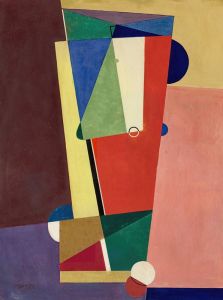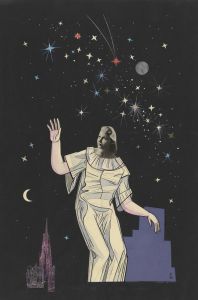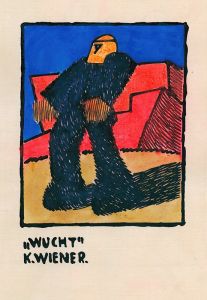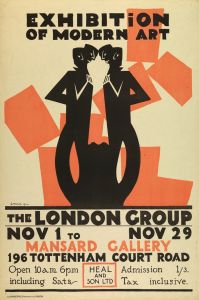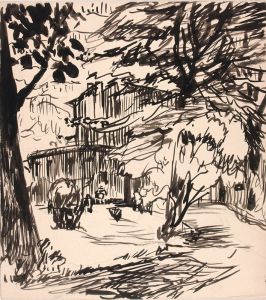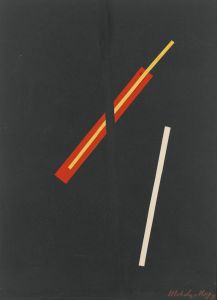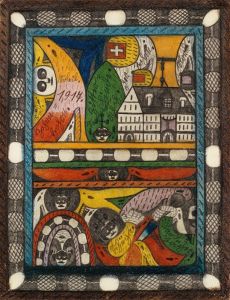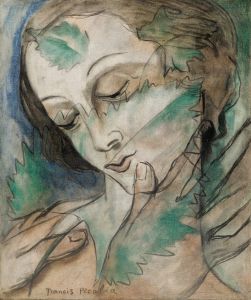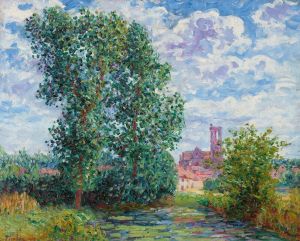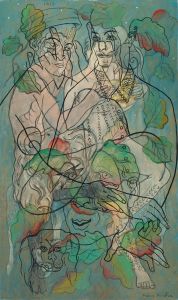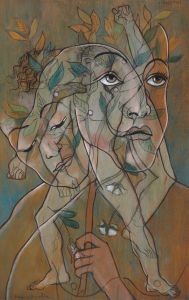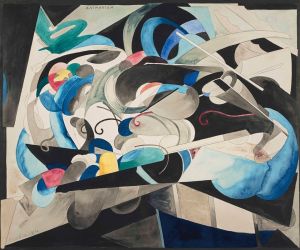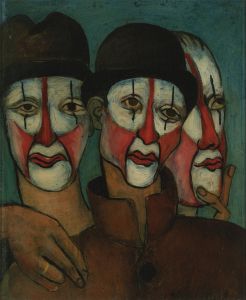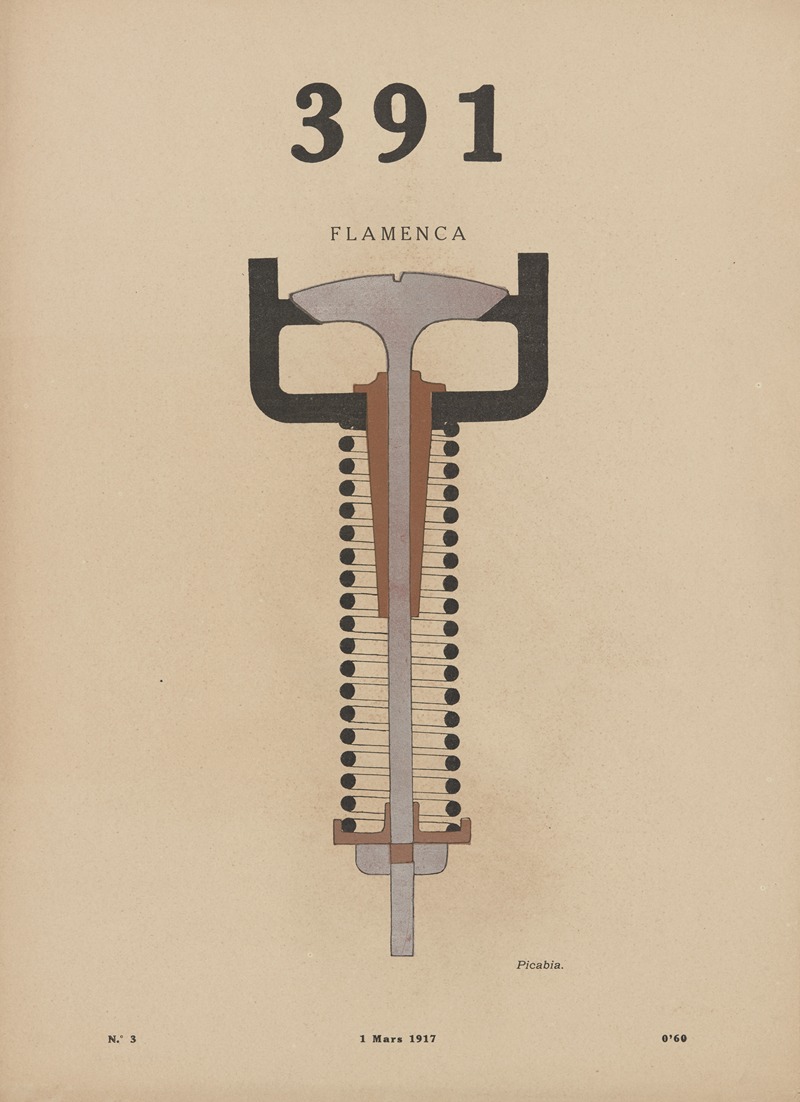
Front cover
A hand-painted replica of Francis Picabia’s masterpiece Front cover, meticulously crafted by professional artists to capture the true essence of the original. Each piece is created with museum-quality canvas and rare mineral pigments, carefully painted by experienced artists with delicate brushstrokes and rich, layered colors to perfectly recreate the texture of the original artwork. Unlike machine-printed reproductions, this hand-painted version brings the painting to life, infused with the artist’s emotions and skill in every stroke. Whether for personal collection or home decoration, it instantly elevates the artistic atmosphere of any space.
Francis Picabia, a French avant-garde artist, created the artwork Front Cover as part of his diverse and experimental body of work. Picabia was a central figure in the Dada movement, which emerged during the early 20th century as a reaction to the horrors of World War I and sought to challenge traditional artistic norms and conventions. His works often combined elements of abstraction, surrealism, and satire, reflecting his interest in questioning established artistic and cultural values.
Front Cover is notable for its connection to Picabia's involvement with avant-garde publications. The artwork was created as a cover illustration for the Dada magazine 391, which Picabia founded in 1917. The magazine served as a platform for Dadaist ideas, featuring experimental art, poetry, and essays by prominent figures in the movement. Picabia's contributions to 391 often included provocative and unconventional imagery, aligning with the Dadaist ethos of rejecting traditional aesthetics and embracing absurdity and spontaneity.
The specific design and details of Front Cover reflect Picabia's characteristic use of mechanical and abstract forms. During this period, he frequently incorporated imagery inspired by machinery and industrial design, using these motifs as metaphors for modernity and as a critique of societal mechanization. His mechanical drawings often juxtaposed humor and irony, challenging viewers to reconsider the relationship between art, technology, and human experience.
While the exact date of creation for Front Cover is not always specified, it is generally associated with Picabia's work on 391 during the late 1910s and early 1920s. This period marked a significant phase in his career, as he explored a wide range of artistic styles and mediums, moving fluidly between abstraction, figuration, and text-based art.
As with much of Picabia's work, Front Cover exemplifies his playful and subversive approach to art-making. It remains an important example of his contributions to the Dada movement and his broader influence on modern art. The artwork highlights his ability to merge visual innovation with intellectual critique, leaving a lasting impact on the development of 20th-century art.





